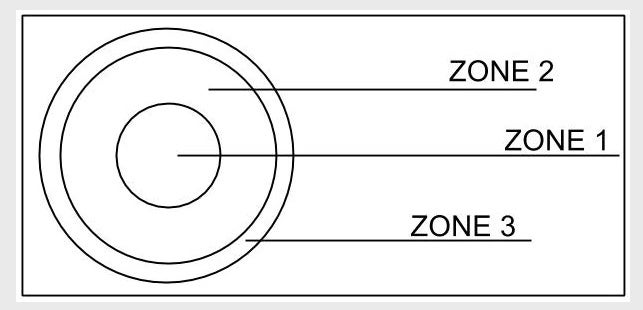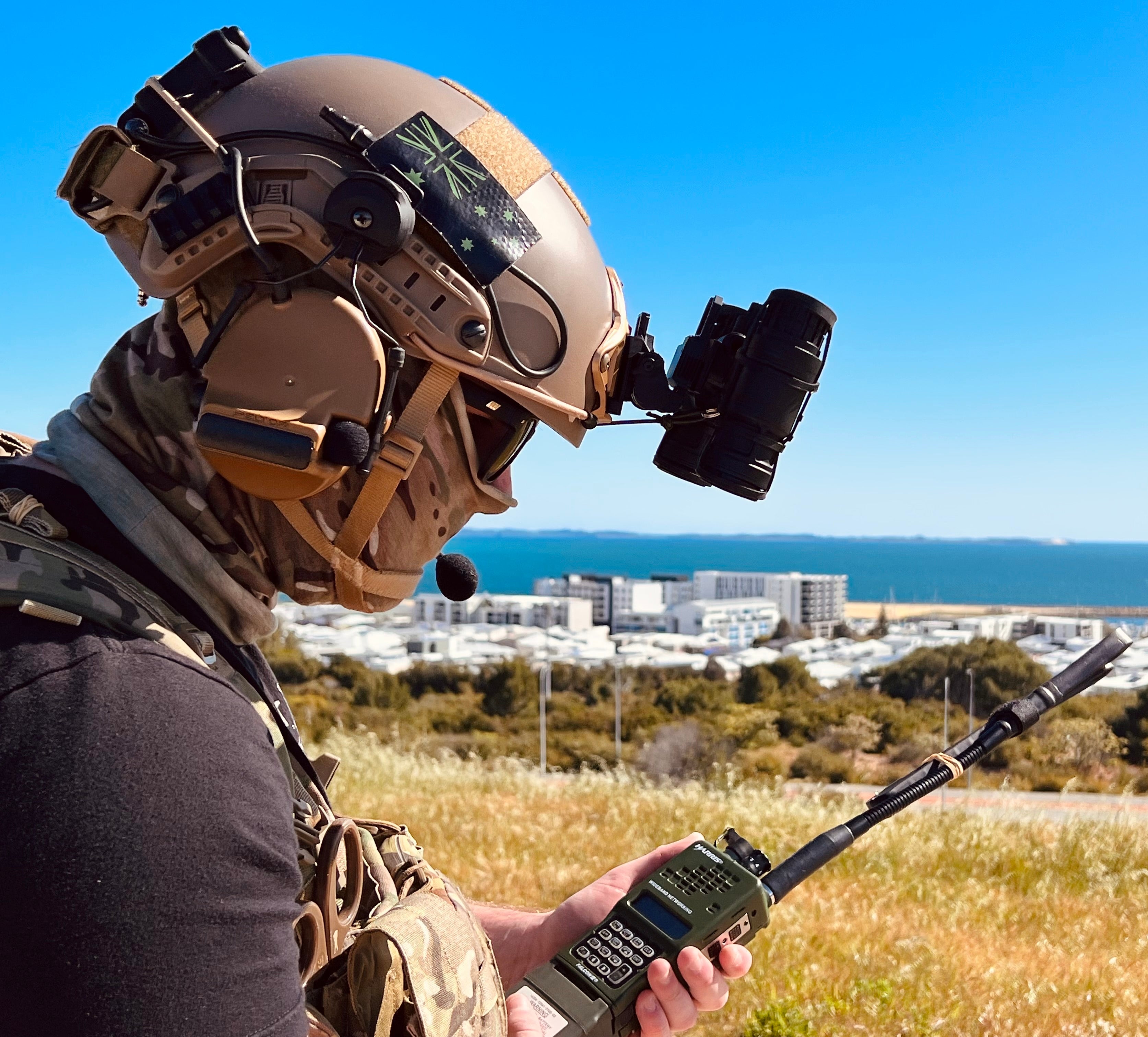At Nocturnal Optics Australia, we believe that end-users should be fully informed about how their night vision devices (NVDs) work, and what happens when things go wrong. Image intensifier tubes (IITs) – the heart of any night vision device – are highly sensitive components, and over their service life they may develop different forms of blemishes or damage.
Understanding these issues not only helps with correct diagnosis, but also assists operators in making informed choices when purchasing or maintaining equipment. Below is a breakdown of the most common types of IIT damage, what causes them, and what they mean for performance.
1. Black Spots (Fixed Blemishes)
Spots – sometimes referred to as “blackspots” – are the most common form of blemish.
-
Manufacturing spots: These occur naturally during production. Their size and location determine the tube’s classification. For example, commercial vs. higher-grade tubes (such as Photonis ECHO) are often sorted based on the number of spots in key viewing zones.


(Image Source: TFB - https://cdn-fastly.thefirearmblog.com/media/2024/05/19/14694199/friday-night-lights-night-vision-blemishes-and-how-to-fix-them.jpg?size=720x845&nocrop=1)
-
Damage spots: Spots can also be caused by misuse, such as exposure to lasers.
- Blemishes: Blemishes are an indication of damage to the image intensifier, resulting from physical damage or photonic factors such as lasers or excessive light exposure.

(Image Source: TFB - https://www.thefirearmblog.com/blog/2021/09/03/night-vision-blemishes)
2. Burn-In (Temporary vs. Permanent)
Burn-in happens when a tube is exposed to bright light for extended periods.
-
Temporary burn-in: Appears as a ghost image or trace on the screen. It will fade with time, especially if the device is left powered off in darkness. Tubes with P22 phosphor are more prone to temporary burn-in.

-
Permanent burn-in: If the bright exposure continues, the ghost image becomes permanent, reducing overall clarity and image quality.

(Image Source: TFB - https://www.thefirearmblog.com/blog/2021/09/03/night-vision-blemishes)
3. Fixed Pattern Noise (FPN)
Also known as “chicken wire”, this grid-like pattern shows up under very bright conditions or in tubes with extremely high signal-to-noise ratios (SNR), especially in modern filmless designs.

-
FPN is present in all intensifier tubes to some extent.
-
It doesn’t indicate failure, but rather a limitation of the underlying technology.
(Image Source: CloudyNights -https://www.cloudynights.com/uploads/gallery/album_8407/gallery_139776_8407_197546.jpg)
4. Recoil Damage
IITs are sensitive to shock and vibration. Recoil or impact damage can occur when:
-
A device is dropped.
-
A standard NVD is mounted to a weapon platform not designed for recoil-rated optics.

Only certain devices (such as the AN/PVS-22 clip-on system) are built to withstand recoil forces reliably.
(Image Source: TFB - https://cdn-fastly.thefirearmblog.com/media/2024/05/19/14694211/friday-night-lights-night-vision-blemishes-and-how-to-fix-them.jpg?size=720x845&nocrop=1)
5. Bright Spots & Emission Points
Not all “bright dots” are the same:
-
Bright spots: Small, bright dots visible under normal use. These typically disappear in complete darkness.

-
Emission points: Bright spots that remain visible even with no light input. This occurs due to arcing inside the tube, often between the photocathode and the microchannel plate.
-
Emission points can worsen over time and may eventually render the tube unusable.


(Image Source: TFB - https://www.thefirearmblog.com/blog/2021/09/03/night-vision-blemishes)
6. “Going to Air” (Loss of Vacuum)
When a tube loses its internal vacuum, it is described as “going to air.”

-
This is a terminal failure – once the seal is lost, the tube cannot be repaired.
-
The most obvious indicator is the appearance of shadowing around the edges or a distorted circular field of view.
Final Thoughts
Every image intensifier tube has a service life, and understanding the types of blemishes or damage helps users distinguish between normal characteristics, cosmetic issues, and true failure points.
At Nocturnal Optics Australia, our team not only supplies and services IIT-based night vision systems, but also educates end-users on proper handling to avoid premature damage. Whether you are a private owner, professional user, or defence/law enforcement partner, knowing how to identify and interpret tube blemishes is critical for ensuring your equipment’s performance and longevity.



